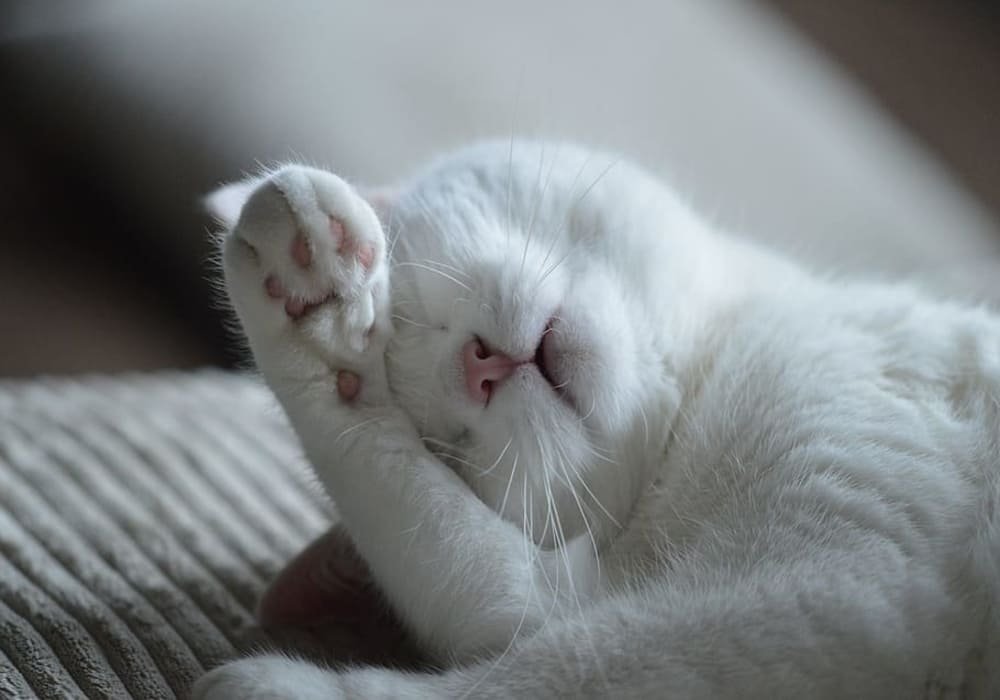Your Cat Losing Hair? what to do?
If your cat losing hair or shedding, it could be a simple moult or the warning sign of a health problem. How to spot an abnormal fall? How to cure it ?
Molting or shedding is a natural phenomenon in cats.
Cats lose hair every day. Like our hair, their fur is renewed in cycles. Twice a year, there is an increase in the amount of hair loss: this is seasonal shedding or moulting. In the fall, the summer coat is replaced by a fuller winter coat and in the spring, the coat volume becomes lighter.
Animals living in cities and apartments are less affected by temperature variations and shed hair throughout the year. Some breeds of longhair (Persian) cats shed hair regularly and experience a very impressive seasonal moult. World Cat Day | When? What’s the point ? International Cat Day
Excessive hair loss, when should you worry?
If the hair loss persists outside of the moulting periods
In addition to the fall, the coat is dull, rough, sparse. Dandruff appears. You notice areas that are depilated similar to holes showing bare skin. When brushing your cat, inspect the coat against the grain for possible skin lesions.
If your cat is scratching or licking frantically
Hair loss can be a sign of many diseases or a behavioral disorder. Do not wait to see your veterinarian. He will establish a diagnosis and prescribe an appropriate treatment.
Causes of hair loss in cats
Intense itching causing hair loss indicates the presence of parasites (fleas, scabies, chiggers).
Flea bite allergy dermatitis (PADP) is very common in cats and can be responsible for significant hair loss.
Nutritional deficiencies due to poor-quality diet adversely affect the quality of the coat (read: Cat food).
Parting in the cat is often accompanied by an increase in hair loss in a completely normal way.
One-off stress, such as a veterinary consultation, can induce occasional hair loss without consequences.
What to do if your cat is losing his hair?
Brush your animal regularly, especially breeds with very thick coats such as Persian (2 to 3 times a week) to remove dust, dirt and dead hair accumulated in the fur. Brushing encourages hair regrowth by activating skin blood circulation. During the moulting period, intensify the maintenance of the coat.
Choose a high-end diet. It will provide all the necessary nutrients, including essential fatty acids, for your cat to maintain a dense, shiny and soft coat.
Treat it regularly with an antiparasitic. There are products (available from your veterinarian) that will protect your cat for three months. You can also try diatomaceous earth, a natural pest control.
Also watch out for deficiencies linked to intestinal parasites: consider deworming your cat regularly.
Sources: PinterPandai, Daily Paws, Cat Care of Vinings, PetMD
Photo credit: Pxfuel



